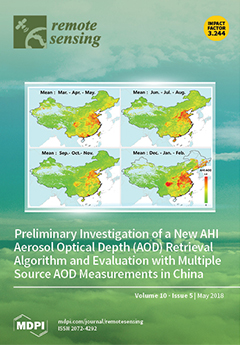The coastal regions of the Gulf of Guinea constitute one of the major marine ecosystems, producing essential living marine resources for the populations of Western Africa. In this region, the Ivorian continental shelf is under pressure from various anthropogenic sources, which have put the regional fish stocks, especially
Sardinella aurita, the dominant pelagic species in Ivorian industrial fishery landings, under threat from overfishing. Here, we combine in situ observations of
Sardinella aurita catch, temperature, and nutrient profiles, with remote-sensing ocean-color observations, and reanalysis data of wind and sea surface temperature, to investigate relationships between
Sardinella aurita catch and oceanic primary producers (including biomass and phenology of phytoplankton), and between
Sardinella aurita catch and environmental conditions (including upwelling index, and turbulent mixing). We show that variations in
Sardinella aurita catch in the following year may be predicted, with a confidence of 78%, based on a bilinear model using only physical variables, and with a confidence of 40% when using only biological variables. However, the physics-based model alone is not sufficient to explain the mechanism driving the year-to-year variations in
Sardinella aurita catch. Based on the analysis of the relationships between biological variables, we demonstrate that in the Ivorian continental shelf, during the study period 1998–2014, population dynamics of
Sardinella aurita, and oceanic primary producers, may be controlled, mainly by top-down trophic interactions. Finally, based on the predictive models constructed here, we discuss how they can provide powerful tools to support evaluation and monitoring of fishing activity, which may help towards the development of a Fisheries Information and Management System.
Full article





